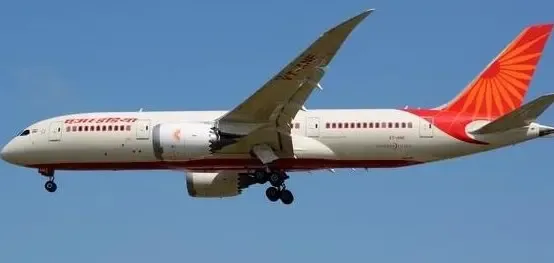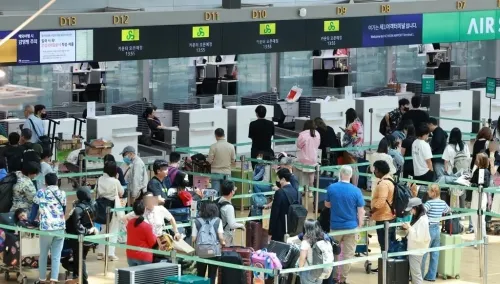Has DGCA Ordered Air India to Reinspect Emergency Power Units on Boeing 787 Fleet Following Technical Issues?

Synopsis
Key Takeaways
- DGCA orders inspection of Air India's Boeing 787 RAT systems.
- Two technical incidents prompted the reinspections.
- Boeing is required to submit a preventive measures report.
- The RAT provides emergency power during critical failures.
- Air India is reviewing its D check maintenance protocols.
New Delhi, Oct 12 (NationPress) The Directorate General of Civil Aviation (DGCA), the aviation safety authority, has instructed Air India to conduct a thorough inspection of the Ram Air Turbine (RAT) system, an essential emergency power source, on all Boeing 787 aircraft that recently had their Power Conditioning Module (PCM) replaced.
This directive follows two recent technical incidents involving Air India’s Boeing 787 Dreamliners.
Additionally, the DGCA has requested that the US aircraft manufacturer Boeing provide a comprehensive report detailing preventive measures aimed at avoiding such occurrences in the future.
The regulator is also seeking information from Boeing regarding similar RAT issues reported globally for Boeing 787 aircraft, along with any service difficulty reports related to PCM replacements.
This action comes in response to two incidents earlier this month. On October 4, the RAT on Air India’s Amritsar–Birmingham flight (AI-117) deployed automatically just prior to landing.
Five days later, on October 9, another Boeing 787, operating Air India’s Vienna–Delhi flight (AI-154), was diverted to Dubai after the autopilot system experienced a sudden failure, leading to multiple technical issues.
A RAT is designed to automatically deploy in the event of a total engine, electrical, or hydraulic failure, utilizing wind power to generate emergency electricity to maintain critical systems.
As per a DGCA official, Air India has been instructed to reinspect all aircraft where the PCM module, which is a vital electrical component responsible for managing power distribution across the aircraft, was recently replaced.
The airline has also been advised to review the work package of the “D” check, a significant aircraft maintenance check, to ensure all necessary actions were undertaken following PCM replacements.
During the incident on October 4, the RAT unlock message was noted at approximately 400 feet before landing; however, pilots reported no irregularities, and the aircraft landed safely.
Maintenance checks recommended by Boeing were subsequently performed, revealing no defects. The aircraft was cleared for service and returned to Delhi on October 5.
Air India has refuted claims suggesting an electrical failure in the aircraft that diverted to Dubai.
The Federation of Indian Pilots (FIP) has informed the Civil Aviation Minister that the Vienna–Delhi flight encountered significant system failures, including problems with the autopilot, flight directors, and the instrument landing system, which required pilots to manually operate the aircraft and divert to Dubai.
The pilots’ union has also advocated for grounding the entire Boeing 787 fleet and conducting a specialized safety audit of Air India.
The DGCA is currently investigating both incidents and stated that further actions will be taken upon receiving Boeing’s report and reviewing Air India’s inspection outcomes.









